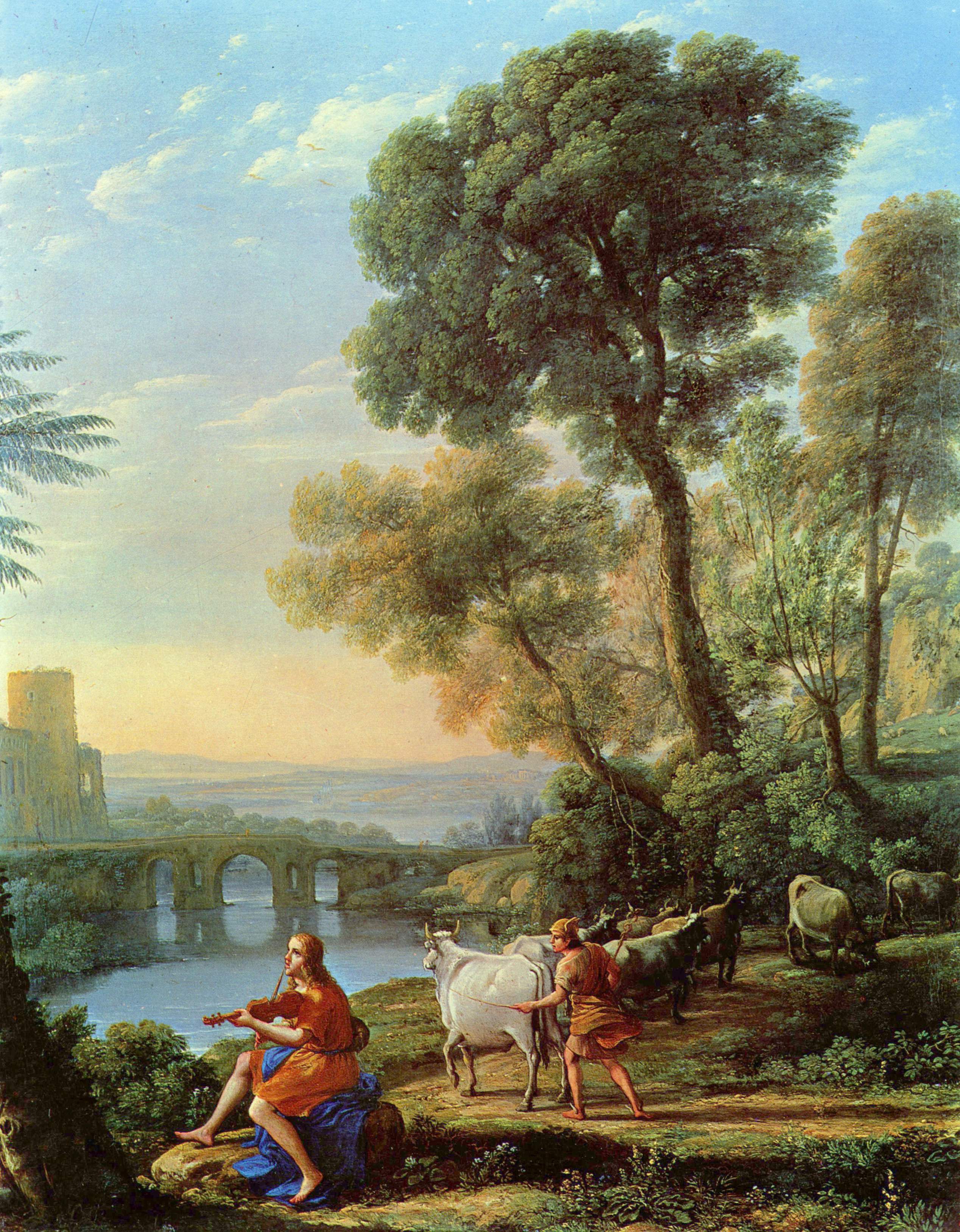Latest contributor to Copac: Historical Texts service
We’re pleased to announce that records from Historical Texts, a Jisc sister service, have been added to Copac.
Historical Texts is a full text digital archive enabling you to cross search, view and download over 350,000 texts published in the late C15th to the long C19th from three key collections. Records are included on Copac for:
– Early English Books Online (EEBO) (1473-1700)
– Eighteenth Century Collections Online (ECCO) (1701-1800)
Further records will be added to Copac in the future for 65,000 British Library 19th Century texts (1789-1914).
The Historical Texts service encompasses a wealth of content ranging from the Romantic to the Victorian period and covers a wide range of subject areas including English literature, history, geography, science, social science, religion and medicine. Materials include books but also pamphlets, sermons, prayer books, sheet music, broadsides, newsbooks and much more.
The service is available via subscription to UK HE and FE institutions and Research Councils who are full members of Jisc Collections. Historical Texts is also available to everyone at the British Library Reading Rooms in London.*
To browse, or limit your search to Historical Texts, go to the main tab on copac.jisc.ac.uk and choose ‘Historical Texts’ from the list of libraries. When the ‘Internet Resources’ link in a Copac record is selected, you will be prompted to login with your institutional login.
*For more information please see: http://historicaltexts.jisc.ac.uk/about.
Copac is a free service accessible at: http://copac.jisc.ac.uk. Keep up to date with developments at Copac by subscribing to the Copac Blog: http://copac.jisc.ac.uk/blog/ or follow Copac on Twitter: http://twitter.com/Copac. For information or advice contact the Copac helpdesk: help.copac@jisc.ac.uk






